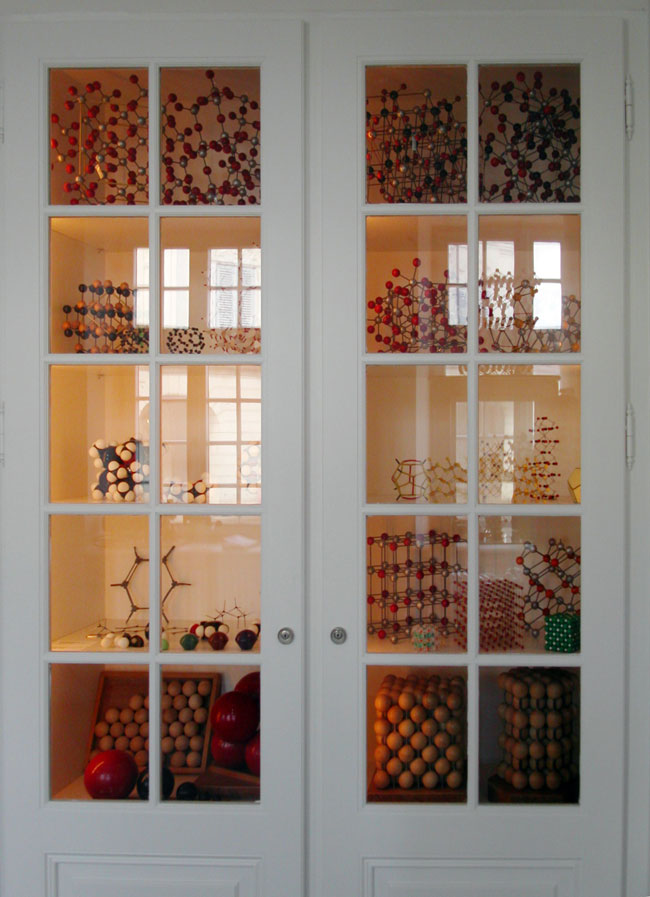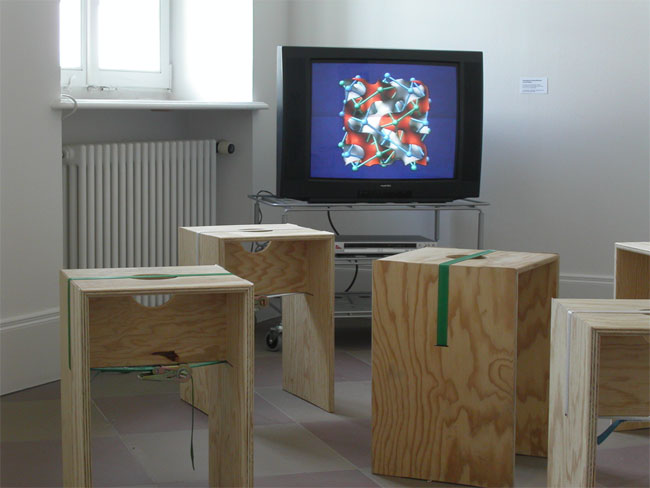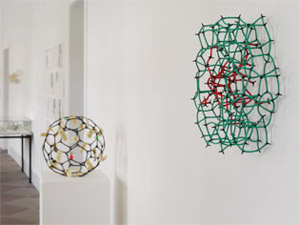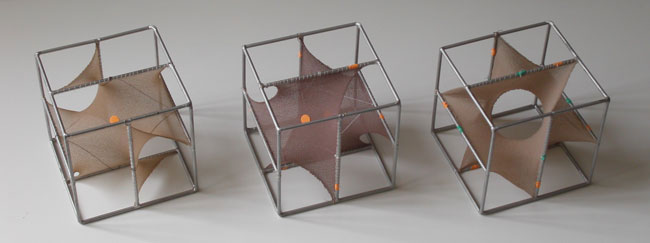Anke Zürn - Artist Researcher[ main ] |
||||||||||||||||||||||||||||||||||||||||||||||||||||||||||||||||||||||||||||||||||||||||||||||||||||||||||||||||||||||||||||||||||||||||||||||||||||||||||||||||||||||||||||||||||||||||||||||||||||||
Projects:
|
||||||||||||||||||||||||||||||||||||||||||||||||||||||||||||||||||||||||||||||||||||||||||||||||||||||||||||||||||||||||||||||||||||||||||||||||||||||||||||||||||||||||||||||||||||||||||||||||||||||
| > | Overview | |
| Curatorial Projects | ||
| > | Club Dufour | |
| > | Constructing Knowledge | |
| > | Grünauring 35 | |
| > | Gart Projekt Dortmund | |
| > | Vous êtes ici | |
| Group Projects | ||
| > | Project Mongrel | |
| Artistic Research Projects | ||
| > | Making Gold | |
| > | Institut für WERKstoffe | |
| > | Nomad Lab | |
| > | Around the Lakes |
|
| > | Looking for new Diamonds | |
| > | the color archive | |
Constructing Knowledge - Models and Model Building in Chemistry / Konstruktion von Wissen - Modelle und Modellbau in der ChemieAnke ZürnAkademie Schloss Solitude
Die Ausstellung wird parallel zum "art, science & business" Symposium "Die Kunst, wie ein Architekt zu denken - Geschichten aus dem Architekturbüro" eröffnet. Parallel präsentiert die Akademie Schloss Solitude neue Projekte von: bankleer, Valeria Hasse, Markus Grob, Rodney LaTourelle, Anke Zürn, Judith Fischer und Sabine von Fischer. Eröffnung aller Projekte am 13. Mai 2005 um 20h, mit einer live Performance von Kristjan Varnik um 20.30h: "New Conventions of Behavior" |
|||
Introduction: Within the exhibition "Constructing Knowledge - Models and Model-Building in Chemistry" at Akademie Schloss Solitude (Stuttgart), concrete examples from chemistry, crystallography and materials sciences where used to investigate the significance of model and the model-building itself, as well as the different (visual) representation strategies, and the media’s possibilities. The focus was on models and model building during the research process. |
Einführung: In der Ausstellung "Konstruktion von Wissen - Modelle und Modellbau in der Chemie" an der Akademie Schloss Solitude (Stuttgart) wurde an Hand konkreter Beispiele aus der Chemie, der Kristallographie und den Materialwissenschaften wurde die Bedeutung von Modellen und des Modellbaus für die Forschung untersucht, unterschiedliche Darstellungsstrategien wurden herausgearbeiten, und Möglichkeiten und Grenzen der eingesetzten Medien hinterfragen. |
||
Models for Communicating Chemistry / Modelle zur Kommunikation chemischer Inhalte |
|||
 Examples of models mainly used for teaching purposes from chemistry, crystallography, and materials science. Exhibition view “Constructing Knowledge - Models and Model-Building in Chemistry”, Akademie Schloss Solitude Stutgart, May 13 - June 25, 2005. Photo: Anke Zürn and Tatsuto Suzuki |
|||
| Models and Model-Building in Research / Modelle und Modellbau in der Forschung | |||
|
Modell einer periodischen Fläche, konstruiert nach computergenerierten “wireframe” Modellen von Isoflächen (Arbeitsgruppe H.G. von Schnering, MPI FKF Stuttgart). |
||
Ausstellung "Konstruktion von Wissen, Modelle und Modellbau in der Chemie", |
|||
 Models of periodic Minimal Surfaces, constructed to detect the genus of the surfaces (E. Koch, W. Fischer, University of Marburg, around 1989). Modelle von periodischen Minimalflächen, gebaut zur Auffindung des Geschlechts der Flächen (E. Koch, W. Fischer, Universität Marburg, c.a. 1989). Exhibition view “Constructing Knowledge - Models and Model-Building in Chemistry”, Akademie Schloss Solitude Stutgart, May 13 - June 25, 2005. Photo: Anke Zürn |
|||
 Paper models to depict possible crystal structure types. Prof. Dr. Paul Keller, Institut für Mineralogie und Kristallchemie. Ausstellung "Konstruktion von Wissen, Modelle und Modellbau in der Chemie", Exhibition “Constructing Knowledge - Models and Model-Building in Chemistry”, Akademie Schloss Solitude Stutgart, 2005. Photographs: © Anke Zürn, Tatsuto Suzuki |
|||
 Ausstellung "Konstruktion von Wissen, Modelle und Modellbau in der Chemie", Exhibition “Constructing Knowledge - Models and Model-Building in Chemistry”, Akademie Schloss Solitude Stutgart, 2005. Photographs: © Anke Zürn, Tatsuto Suzuki |
|||
Ausstellung "Konstruktion von Wissen, Modelle und Modellbau in der Chemie", |
|||
 |
|||
 Anke Zürn, Animation zu Strukturen der Symmetriegruppe Ia3d, 1994-1998. Ausstellung "Konstruktion von Wissen, Modelle und Modellbau in der Chemie", Exhibition “Constructing Knowledge - Models and Model-Building in Chemistry”, Akademie Schloss Solitude Stutgart, 2005. Photographs: © Anke Zürn, Tatsuto Suzuki |
|||
Thanks / DankIch danke herzlich Herrn Prof. Dr. Reinhard Nesper und Herrn Jean-Baptiste Joly für ihre grossartige Unterstützung. Mein besonderer Dank geht an folgende Personen und Institutionen, deren Leihgaben die Ausstellung erst ermöglicht haben: |
|||
| Universität Stuttgart: Institut für Anorganische Chemie: Prof. Dr. Gerd Becker Prof. Dr. Thomas Schleid Dr. Falk Lissner Dr. Tanja Nikelski Institut für Mineralogie und Kristallchemie: Prof. Dr. Paul Keller, Max-Planck-Institut für Festkörperforschung Stuttgart: Prof. Dr. Dres. H. G. von Schnering Universität Marburg, Mineralogie, Petrologie u. Kristallographie: Prof. Dr. Werner Fischer Prof. Dr. Elke Koch |
Eidgenössische Technische Hochschule Zürich: Institut für Mineralogie und Petrographie: Dr. Peter Brack, Laboratorium für Physikalische Chemie: Prof. Dr. Arthur Schweiger Carlos Calle y Richter Laboratorium für Organische Chemie: Prof. Dr. François Diederich Dr. Carlo Thilgen Institut für Mikrobiologie: Prof. Dr. Peter Dimroth Dr. Thomas Meier Laboratorium für Kristallographie: Dr. Lynne McCusker Laboratorium für Anorganische Chemie: Prof. Dr. Reinhard Nesper PD. Dr. Wolfram Uhlig Institut für Molekularbiologie und Biophysik: Dr. David Sargent |
||
A special thanks to Helen, Nick, and Lu for helping me with the transportation of the models. I will never forget the face of the customs officials, at the Swiss|German border, when we arrived with the right handed UK car packed full with strange models ( probably also it was not so clear, where the driver was sitting). Shortly after we arrived with the models from in Stuttgart Nick's car broke down. I still feel guilty. A special thanks also to Tatsuto Suzuki, who helped me so much to put everything up. Also some photographs whre taken by Tatsuto. MERCI! |
|||



 Models of periodic Minimal Surfaces with cubic symmetry (space group Ia3d), E. Koch, W. Fischer, University of Marburg.
Models of periodic Minimal Surfaces with cubic symmetry (space group Ia3d), E. Koch, W. Fischer, University of Marburg.